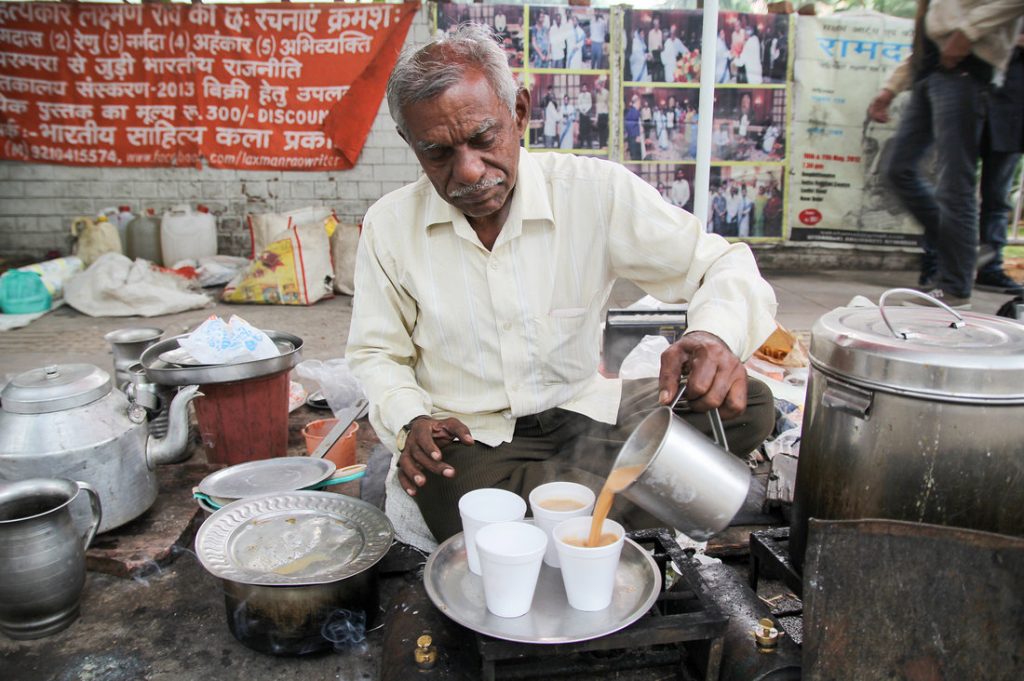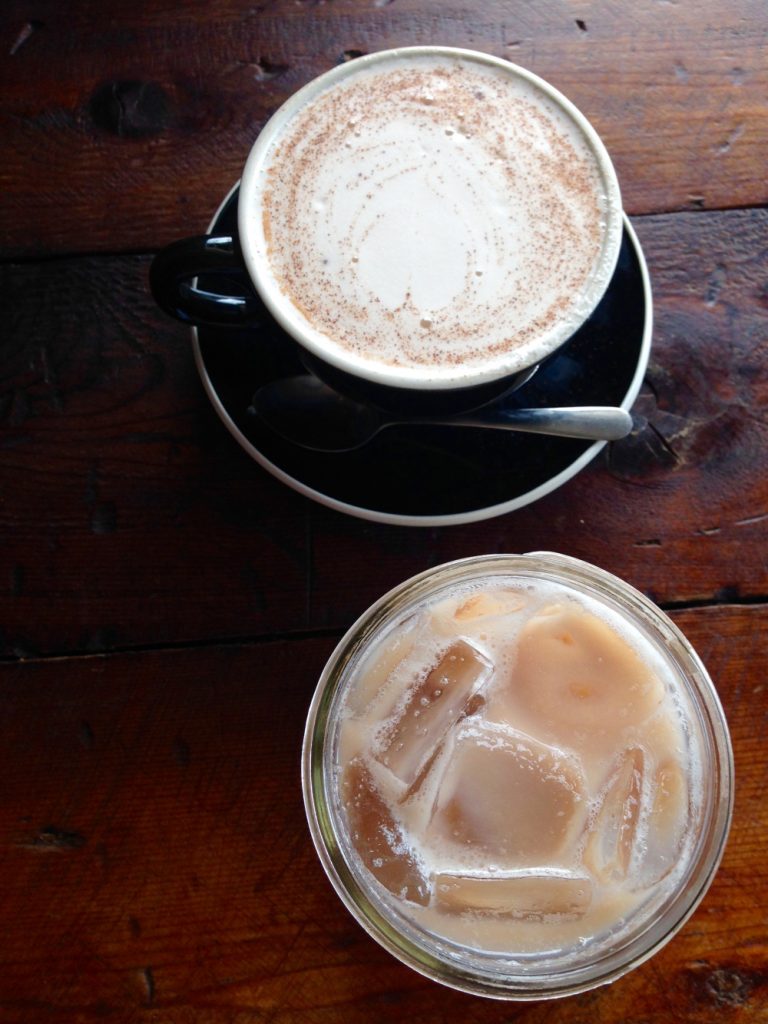
Crêpes evoke Parisian cafes and French accents, but I first learned how to cook the French pancakes in an Italian middle school.
My family moved to Florence when I was going into 6th grade and my brother and I both enrolled in Italian public schools. My middle school building was covered in graffiti and the maps in our classrooms still included the USSR. I remember walking in on the first day, tearfully departing from my dad and sticking out like a sore thumb. Soon, though, the intimidating building became more familiar and comfortable.
I’m sure at the urging of my mom, I took an after school cooking class one semester to improve my language skills and make friends. We met in the school’s dusty basement, cluttered with boxes and boxes of records, tests, and other documents that probably should not have been tossed in a basement. At the back of the room, a small, rudimentary kitchen provided the space for our culinary adventures.
We learned all the staples of the Italian diet, from pasta dough to margherita pizzas. Our teacher taught from her own experience, often forsaking written recipes. I did my best to follow along but my Italian cooking vocabulary was rusty, at best. When the class ended, I did not have much to show for it, except for one dish: crêpes.
I immediately wrote down what I remembered doing in class that day and began tinkering with the recipe, determined to translate the fluid movements of my teacher into a structured recipe I could copy. Unlike their cousin, the pancake, crêpes are almost paper-thin and are eaten folded up, like a delicate sandwich. It can seem like an intimidating dish, but I’ve found it to actually be simple and quick, an easy feather in your culinary cap.
For the past seven years, I’ve been following my middle school recipe but have learned how to feel out the best crêpes. Sometimes, more milk is necessary. Often, I add extra flour, a dash of cinnamon, or a sprinkle of garlic. crêpes are endlessly versatile and will be a welcoming friend for any meal, any season, or any appetite.
Last summer, I returned to Italy for the first time since we left. I spent ten weeks in Florence, living by myself and working for a local English-speaking news magazine. Toward the end of the summer, when my budget was low and groceries were not a priority, I discovered I had all I needed: one egg, some flour, a little bit of milk, and a smidge of butter. Plus one peach. I would come home from work, wait for the July heat to simmer away in the evening, and eat crêpes with fresh peaches and a jar of Nutella in hand’s reach.
This is my twist on that beloved summer recipe. When I think of crêpes, I’m taken back to the hills of Tuscany and sweet summer evenings. While I opted for a sweet crepe in this recipe, the options are endless. Add different fruits, experiment with adding cheeses, smooth pesto on top, toss in all kinds of spices. This recipe is the most basic crêpe recipe you will probably find, the perfect blank canvas for your cooking whimsy.

Cook time is 20 minutes. Makes 5 crêpes. Cinnamon sugar baked peaches adapted from I Heart Naptime.
Ingredients
For the crêpes:
1/2 cup flour
1/3 cup milk
one egg
1 1/2 tablespoons butter
For the peaches:
2 peaches
2 tablespoons brown sugar
1 teaspoon cinnamon
1/2 tablespoon butter
Instructions
For the crêpes:
1. Mix the flour and milk until there are no lumps and the consistency is on the runny side. When you pour the mixture, it should pour easily and quickly.
2. Next, whisk in an egg until it’s completely blended with the flour and milk mixture.
3. Finally, soften butter in the microwave before mixing it in with the other ingredients.
4. If you want to add any spices, do so now. For savory crêpes, I like to add a pinch of salt or garlic. With sweet crêpes, try cinnamon, a splash of vanilla, or a sprinkle of sugar.
5. Keep the stove on medium to low heat. Crepes cook quickly, so keep everything close to the stove so you can easily transfer food from the stove to a plate. If you don’t have a crepe pan, any large pan will do.
6. Pour medium amounts of batter into the pan for each crêpe. If you don’t have any tools for spreading out the batter, take the pan off the stove and move it up and down until the batter has spread out, covering as much surface as possible.
7. Let it cook for several seconds until the batter darkens and starts to bubble. Flip it over, let it cook for a few more seconds, then slide it onto a plate.
For the peaches:
1. Preheat oven to 375 degrees. Ideally, let the peaches bake while you cook the crepes on the stove.
2. Slice your peaches into large slices.
3. Lay them out on a cookie sheet or in an oven-safe dish. Place a small pat of butter on each slice.
4. Mix the brown sugar and cinnamon in a small bowl then sprinkle the mixture generously on each peach.
5. Bake for 8 to 10 minutes.
I highly recommend topping off the dish with a healthy amount of Nutella drizzled on top. Originally published on courtneyrunn.wordpress.com




